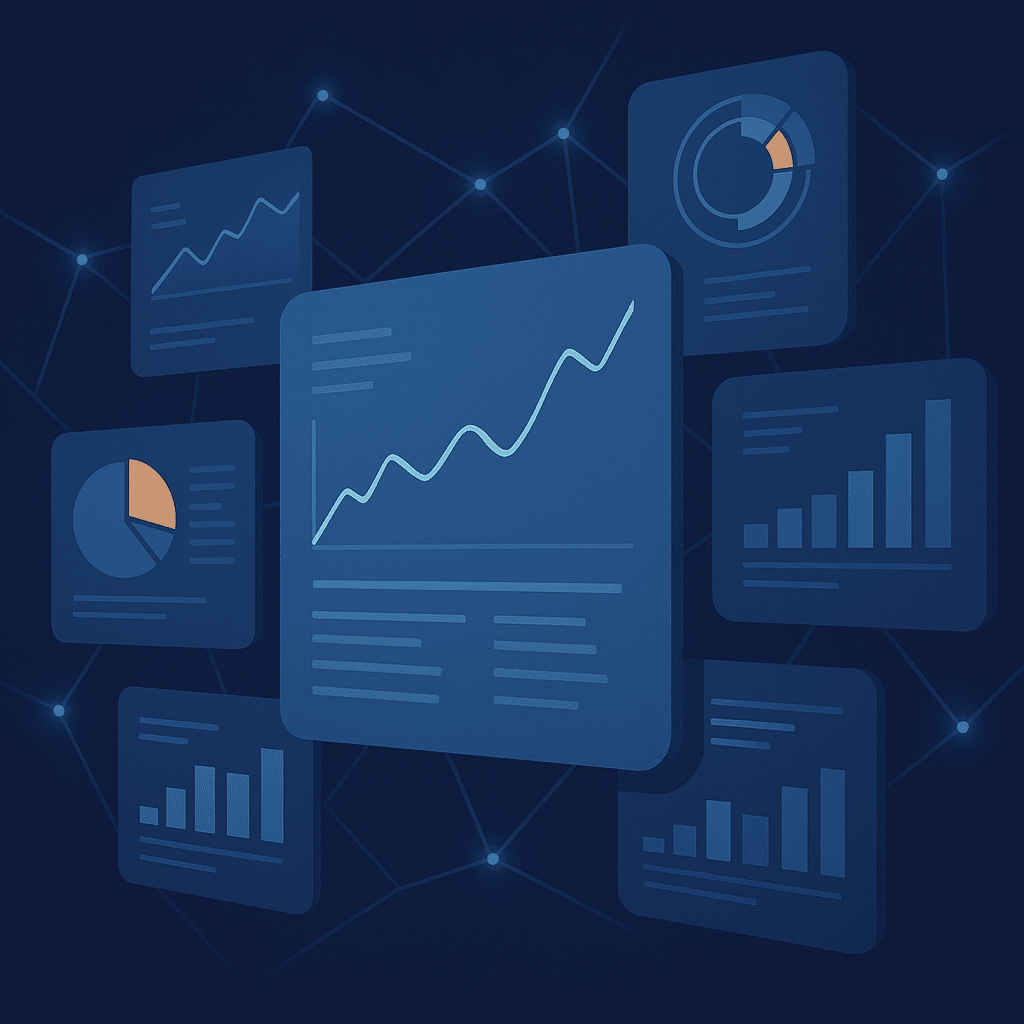
Over the past two decades, businesses have invested heavily in business intelligence. Data warehouses, ERP, CRM and reporting tools have transformed executive committees into real control rooms saturated with indicators. However, the paradox remains: The numbers are there, but the decisions remain fragile.
It's not a reliability issue. The systems produce accurate data. What's missing is context and completeness.
A dashboard always says something true, but rarely the essentials. A drop in sales is recorded accurately, but its causes remain invisible. An additional cost is detected, but not related to its triggers. Delays are being traced, but there is no systemic explanation.
By multiplying KPIs, organizations have created an illusion of control. The data describes, but it does not explain. She is right, but incomplete.
Whatever the sector, the same blind spots reappear:
In all of these cases, the data is correct... but not enough.
The strategic contribution of AI does not only lie in prediction. Its real strength is Connecting what is separate :
It is the transition from descriptive reporting to Augmented piloting. Data ceases to be a mirror of the past to become a living system, capable of explaining and orienting.
An isolated number is an alert. Contextualized data becomes a decision-making tool.
It is this switch that distinguishes an organization that endures its environment from an organization that controls it.
By linking weather and sales, traffic and logistics, energy and logistics, energy and budgets, regulation and real estate, AI does not provide more indicators: it gives a full vision.
A vision where decisions are no longer based on pieces of reality, but on a coherent whole.
Raw data has never been strategic. What is important is its ability to connect, explain, and anticipate.
Today, the competitive battle is not about the volume of indicators, but about the ability to reintroduce context in the analysis.
AI offers this possibility: not to replace human intelligence, but to broaden one's field of vision and reduce blind spots.
This is when data ceases to be an operational asset to become a real competitive advantage.